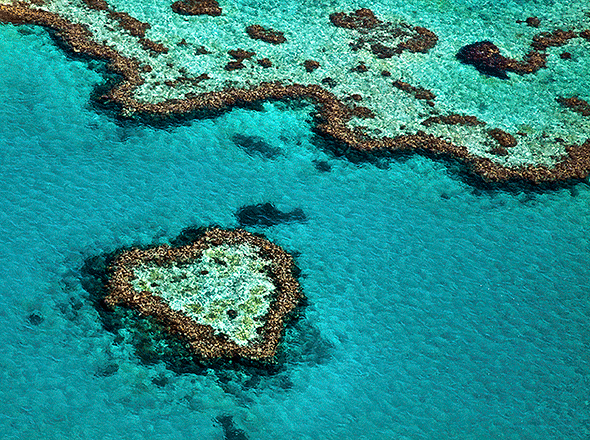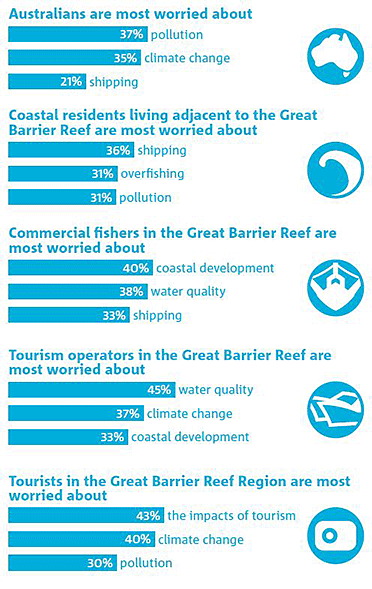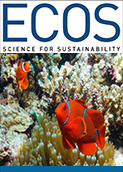
|
Published: 25 November 2014
The Reef's many human dimensions
The Great Barrier Reef means different things to different people: a tropical playground, a natural wonder, or the domain of Nemo, Dory and Bruce. It’s also home to around a million Australians, a booming tourism industry, major exporting ports and countless fishing, farming and agriculture operations.

|
|
Australians love their Great Barrier Reef. Credit:
©istock.com/hypergurl
|
We know the reef has immense ecological importance as a hub of marine biodiversity and is viewed by many as the jewel in the crown of Australia’s UNESCO World Heritage-listed sites. The reef also brings in $5.7 billion annually to reef-based businesses, and generates over 64,000 full time jobs.
But these figures only hint at the full value of the Great Barrier Reef to Australia, Australians and, as has recently become apparent, to the rest of the world.
To derive a clearer picture of the reef’s value, a group of research institutions, including CSIRO, set out to measure the human dimensions of the Great Barrier Reef through the Social and Economic Long Term Monitoring Program (SELTMP).
In the largest study of its kind, SELTMP surveyed over 6000 tourists and coastal residents, as well as over 2000 Australians outside the region, to understand and measure use and dependency, personal wellbeing and the cultural connectedness of people to the Great Barrier Reef.
The survey results showed that:
-
a quarter of residents depend on the reef for their household income
-
many coastal residents feel it is part of their identity and provides a lifestyle they highly value
-
appreciation of the aesthetic values is shared by all visitors and residents
-
threats to the reef’s future viability is a major concern to everyone, and
-
most coastal residents support regulations to protect the reef.

|
|
Credit:
SELTMP
|
The aim of SELTMP is to assist reef managers and others involved with making decisions about the reef to incorporate the human dimension into planning and management.
Similar to the idea of the Australian Census, SELTMP gathers long-term data specific to Reef users, communities and industries, enabling new insights into relationships, vulnerabilities and dependencies between people and the natural resource.
The SELTMP program encompasses contributions from state and Australian government agencies, conservation planners/managers, industry bodies and local communities.
Source: Edited from CSIRO news blog



